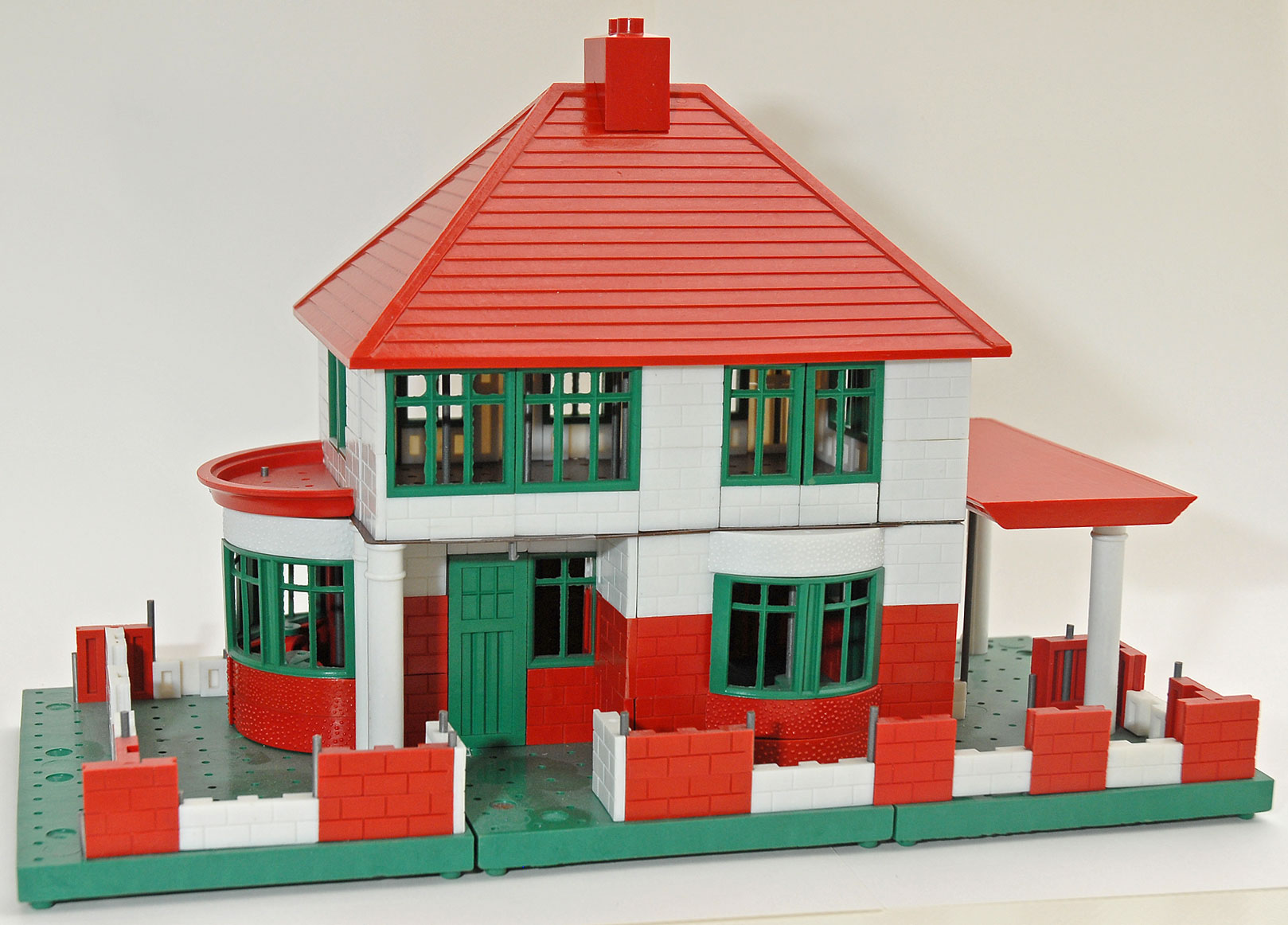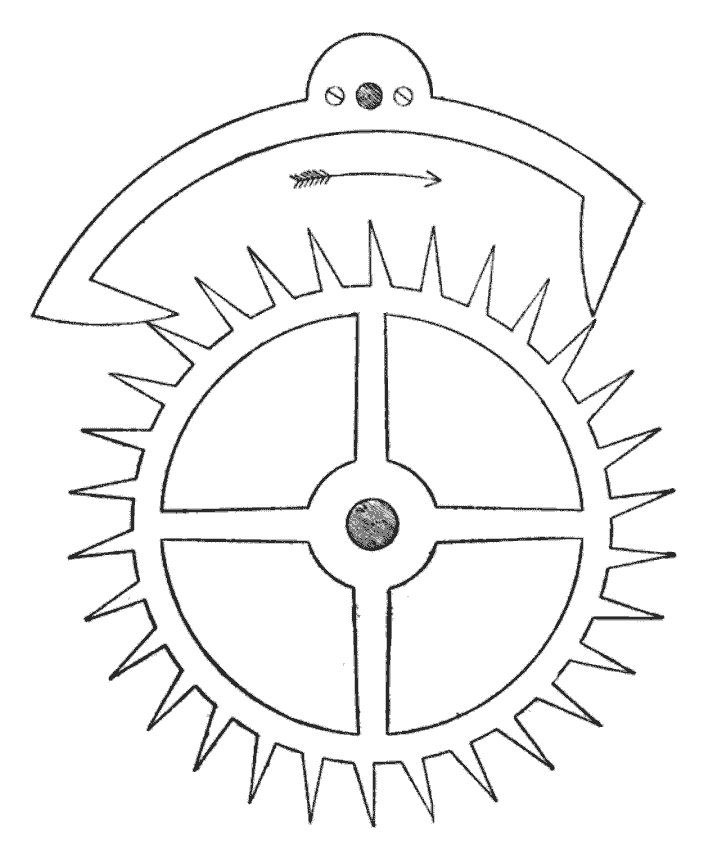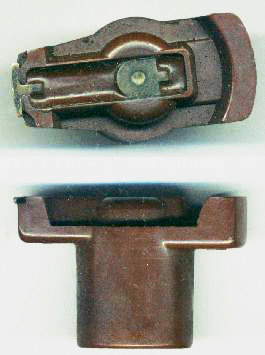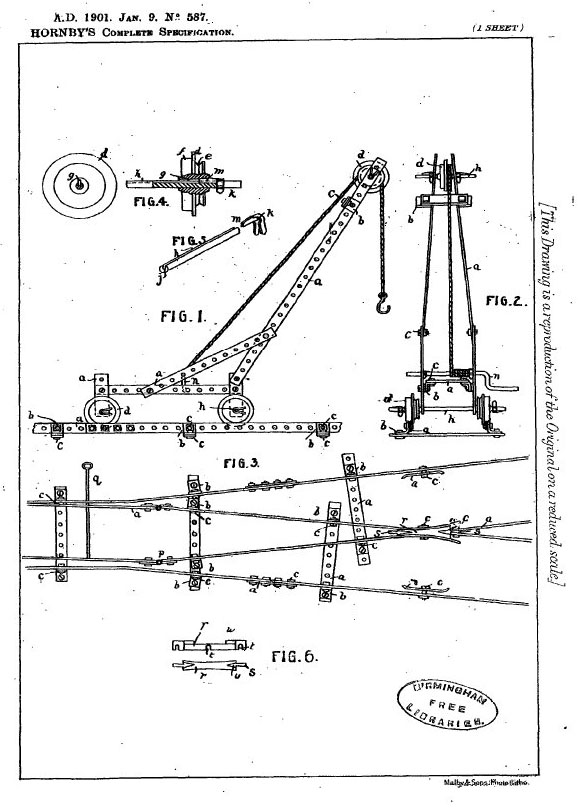|
Bayko
Bayko was a British building model construction toy invented by Charles Plimpton, an early plastics engineer and entrepreneur in Liverpool. First marketed in United Kingdom, Britain it was soon exported throughout the Commonwealth of Nations, British Commonwealth and became a worldwide brand between 1934 and 1967. The name derived from Bakelite, one of the world's first commercial plastics that was originally used to manufacture many of the parts. Bayko was one of the world's earliest plastic toys to be marketed. Bayko system Bayko was primarily intended for the construction of model buildings. The rectangular Bakelite bases had a square grid of holes, spaced at 3/8 inch centres, into which thin metal rods, 75 Thousandth of an inch, thou [1.9 mm] in diameter, of various lengths, could be placed vertically. In order to make larger models, two or more bases could be joined together by means of metal links secured by screws through holes in the bases. Bakelite bricks, wind ... [...More Info...] [...Related Items...] OR: [Wikipedia] [Google] [Baidu] |
Charles Plimpton
Charles Bird Plimpton (31 October 1894 – 29 December 1948) was an English inventor and businessman. He invented Bayko in 1933, a plastic building model construction toy, and one of the earliest plastic toys to be marketed. He established Plimpton Engineering in Liverpool, England, to manufacture the toy, which was sold across the world for over 30 years. Biography Charles Plimpton was born in 1893 in Peckham, London, to John Calvin Plimpton, an American citizen, and Caroline Augusta Plimpton (née Bird). Plimpton's father later moved his family to Liverpool where he established his own company, J.C. Plimpton & Co – Import & Export American Merchants. Charles Plimpton attended school at Liverpool College. In 1911 he went to the University of Birmingham to study Engineering, but only completed two years and dropped out in 1913. During World War I, Plimpton enlisted as a wireless operator with the Royal Navy and served much of his time on minesweepers. In 1922 Plimpton marrie ... [...More Info...] [...Related Items...] OR: [Wikipedia] [Google] [Baidu] |
Meccano Ltd
Meccano Ltd was a British toy manufacturing company, established in 1908 by Frank Hornby in Liverpool, England, to manufacture and distribute Meccano and other model toys and kits created by the company. During the 1920s and 1930s it became the biggest toy manufacturer in the United Kingdom and produced three of the most popular lines of toys in the twentieth century: Meccano, Hornby Railways, Hornby Trains and Dinky Toys. Financial problems beset the company in the early 1960s and Meccano Ltd was taken over by Lines Bros Ltd in 1964. History Beginning and development In 1901 Frank Hornby, a clerk from Liverpool, England, invented a new construction toy called "Mechanics Made Easy", which soon became known as Meccano. To manufacture and distribute Meccano, Hornby needed to raise Capital (economics), capital to invest in factory and plant, and this resulted in the establishment of Meccano Ltd in 1908, with Hornby as the sole proprietor. A factory was acquired in West Derby R ... [...More Info...] [...Related Items...] OR: [Wikipedia] [Google] [Baidu] |
English Inventions
English inventions and discoveries are objects, processes or techniques invented, innovated or discovered, partially or entirely, in England by a person from England. Often, things discovered for the first time are also called inventions and in many cases, there is no clear line between the two. Nonetheless, science and technology in England continued to develop rapidly in absolute terms. Furthermore, according to a Japanese research firm, over 40% of the world's inventions and discoveries were made in the UK, followed by France with 24% of the world's inventions and discoveries made in France and followed by the US with 20%. The following is a list of inventions, innovations or discoveries known or generally recognised to be English. Agriculture * 1701: Seed drill improved by Jethro Tull (1674–1741). *18th century: of the horse-drawn hoe and scarifier by Jethro Tull * 1780s: Selective breeding and artificial selection pioneered by Robert Bakewell (1725–1795). * 1842: ... [...More Info...] [...Related Items...] OR: [Wikipedia] [Google] [Baidu] |
Bakelite
Bakelite ( ), formally , is a thermosetting polymer, thermosetting phenol formaldehyde resin, formed from a condensation reaction of phenol with formaldehyde. The first plastic made from synthetic components, it was developed by Belgian chemist Leo Baekeland in Yonkers, New York, in 1907, and patented on December 7, 1909. Bakelite was one of the first plastic-like materials to be introduced into the modern world and was popular because it could be Molding (process), molded and then hardened into any shape. Because of its electrical nonconductor, nonconductivity and heat-resistant properties, it became a great commercial success. It was used in electrical insulators, radio and telephone casings, and such diverse products as kitchenware, jewelry, pipe stems, children's toys, and firearms. The retro appeal of old Bakelite products has made them collectible. The creation of a synthetic plastic was revolutionary for the chemical industry, which at the time made most of its income f ... [...More Info...] [...Related Items...] OR: [Wikipedia] [Google] [Baidu] |
Toy Companies Of The United Kingdom
A toy or plaything is an object that is used primarily to provide entertainment. Simple examples include toy blocks, board games, and dolls. Toys are often designed for use by children, although many are designed specifically for adults and pets. Toys can provide utilitarian benefits, including physical exercise, cultural awareness, or academic education. Additionally, utilitarian objects, especially those which are no longer needed for their original purpose, can be used as toys. Examples include children building a fort with empty cereal boxes and tissue paper spools, or a toddler playing with a broken TV remote. The term "toy" can also be used to refer to utilitarian objects purchased for enjoyment rather than need, or for expensive necessities for which a large fraction of the cost represents its ability to provide enjoyment to the owner, such as luxury cars, high-end motorcycles, gaming computers, and flagship smartphones. Playing with toys can be an enjoyable way of trai ... [...More Info...] [...Related Items...] OR: [Wikipedia] [Google] [Baidu] |
Meccano
Meccano is a brand of construction set created in 1898 by Frank Hornby in Liverpool, England. The system consists of reusable metal strips, plates, angle girders, wheels, axles and gears, and plastic parts that are connected using nuts and bolts. It enables the building of working models and mechanical devices. In 1913, a very similar construction set was introduced in the United States under the brand name Erector. In 1990, Meccano bought the Erector brand and unified its presence on all continents. In 2013, the Meccano brand was acquired by the Canadian toy company Spin Master. Meccano maintained a manufacturing facility in Calais, France until 2023. History First sets An early Meccano set on display in the Museum of Childhood (Edinburgh), Edinburgh Museum of Childhood In 1901 Frank Hornby, a clerk from Liverpool, England, invented and patented a new toy called "Mechanics Made Easy" that was based on the principles of mechanical engineering. It was a model c ... [...More Info...] [...Related Items...] OR: [Wikipedia] [Google] [Baidu] |
Toy Brands
A toy or plaything is an object that is used primarily to provide entertainment. Simple examples include toy blocks, board games, and dolls. Toys are often designed for use by children, although many are designed specifically for adults and pets. Toys can provide utilitarian benefits, including physical exercise, cultural awareness, or academic education. Additionally, utilitarian objects, especially those which are no longer needed for their original purpose, can be used as toys. Examples include children building a fort with empty cereal boxes and tissue paper spools, or a toddler playing with a broken TV remote. The term "toy" can also be used to refer to utilitarian objects purchased for enjoyment rather than need, or for expensive necessities for which a large fraction of the cost represents its ability to provide enjoyment to the owner, such as luxury cars, high-end motorcycles, gaming computers, and flagship smartphones. Playing with toys can be an enjoyable way of tra ... [...More Info...] [...Related Items...] OR: [Wikipedia] [Google] [Baidu] |
Construction Toy
A construction set is a standardized piece assortment allowing for the construction of various different models. Construction sets are most often marketed as toys. Popular construction toy brands include Lincoln Logs and ''LEGO''. Toys Psychological benefits Construction toy play (activity), play is beneficial for building social skills and building trust in others because it acts as a collaboration, collaborative task where individuals have to cooperation, cooperate to finish the taskbuilding an object out of Lego, for example. The effect was found in high school students. For children specifically, children who complete models using toy building blocks have much better spatial visualization ability, spatial ability than children who do not complete such models. Spatial ability also predicts completion of models. Construction toy play is also beneficial for autism, autistic children when both individual and group play with building blocks is incorporated. Autistic chil ... [...More Info...] [...Related Items...] OR: [Wikipedia] [Google] [Baidu] |
Brickplayer
{{Short description, British construction toy Brickplayer was a British construction toy made by J. W. Spear & Sons of Enfield in North London from 1938 to the mid-1960s. It was advertised with the claim that realistic buildings could be created "with real bricks and mortar". Early post-war kits were designed to build models to 1:27 scale, but from 1949 they were all designed in the same scale as '0' gauge model railways (1:48 scale), and railway stations and signal boxes regularly featured among the models for which instructions were provided. Over time, the arrival and popularity of 'OO' scale and 'HO' scale railways, particularly in the UK the very popular Hornby Dublo sets, and the easy to use Lego type plastic toys saw it disappear by the mid-1960s. Kits included large numbers of ceramic or terracotta bricks, the largest of which measured one inch in length, half an inch in depth and 0.25 or 0.22 inches in height. They also provided windows, doors, roofing components an ... [...More Info...] [...Related Items...] OR: [Wikipedia] [Google] [Baidu] |
War Effort
War effort is a coordinated mobilization of society's resources—both industrial and civilian—towards the support of a military force, particular during a state of war. Depending on the militarization of the culture, the relative size of the armed forces and the society supporting them, the style of government, and the famous support for the military objectives, such war effort can range from a small industry to complete command of society. Although many societies were retroactively perceived to be engaged in a war effort, the concept was not generally used until the last decade of the 18th century, when the leaders of the French Revolution called for the ''levée en masse'' and a general mobilization of society to prevent monarchist forces from reclaiming control of the French government. The concept was subsequently adapted and used by Russia, the United Kingdom, and the United States, especially during World War I and World War II. The term ''war effort'' was c ... [...More Info...] [...Related Items...] OR: [Wikipedia] [Google] [Baidu] |
Tuberculosis
Tuberculosis (TB), also known colloquially as the "white death", or historically as consumption, is a contagious disease usually caused by ''Mycobacterium tuberculosis'' (MTB) bacteria. Tuberculosis generally affects the lungs, but it can also affect other parts of the body. Most infections show no symptoms, in which case it is known as inactive or latent tuberculosis. A small proportion of latent infections progress to active disease that, if left untreated, can be fatal. Typical symptoms of active TB are chronic cough with hemoptysis, blood-containing sputum, mucus, fever, night sweats, and weight loss. Infection of other organs can cause a wide range of symptoms. Tuberculosis is Human-to-human transmission, spread from one person to the next Airborne disease, through the air when people who have active TB in their lungs cough, spit, speak, or sneeze. People with latent TB do not spread the disease. A latent infection is more likely to become active in those with weakened I ... [...More Info...] [...Related Items...] OR: [Wikipedia] [Google] [Baidu] |









